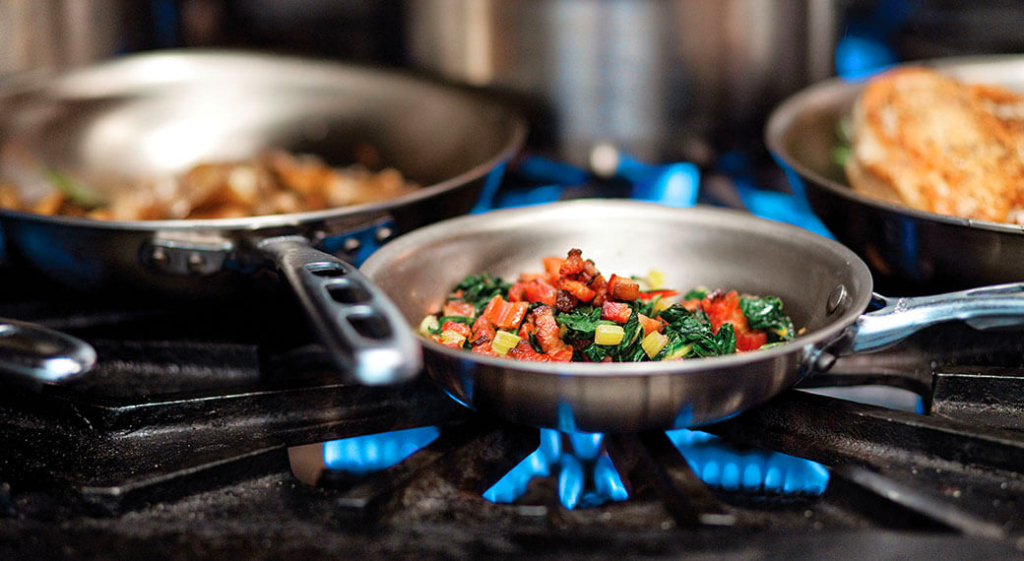When purchasing a piece of professional kitchen equipment, the actual cost extends far beyond its price tag. This is where the total cost of ownership (TCO) comes in. TCO is a broader and more holistic approach towards the overall health of your financials and will change the way you purchase equipment for the better.
This article shares a brief overview on how analyzing a product’s total cost of ownership will save you money in the long run, including examples using two common items: spoodles and steam table pans. We’ll also direct you to online tools that will make TCO analysis easier in the future and help strengthen the financial health of your restaurant.
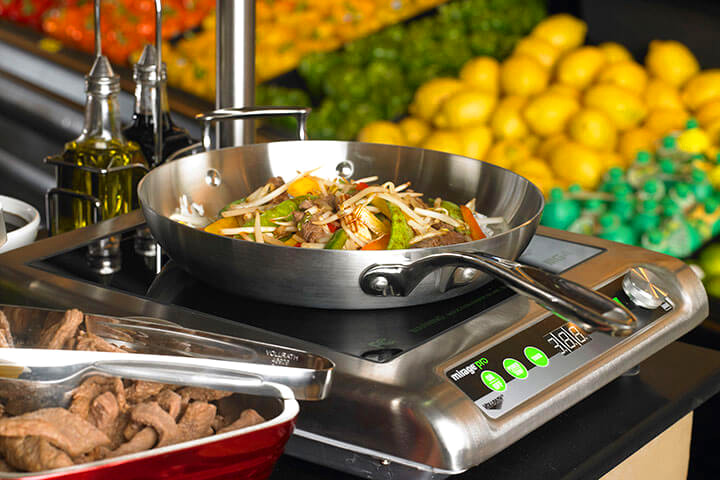
What Is TCO?
Purchasing commercial kitchen equipment requires a significant financial investment. Understandably, it is tempting to base your decision off the initial intimidating price tag. In contrast, total cost of ownership considers the price tag of an item in conjunction with the item’s operational costs throughout its lifespan. In the foodservice industry, judging a products value solely off an item’s purchase price does not accurately represent the true financial burden, long-term value, or future associated costs.
A great example of where TCO comes into play is buying a car. When purchasing a vehicle, so much more goes into cost beyond the initial price tag. Repairs, car insurance, fuel economy, and maintenance costs must also be factored in. Foodservice equipment should be analyzed in the same fashion to best predict any financial burden or additional costs that may present in the future.
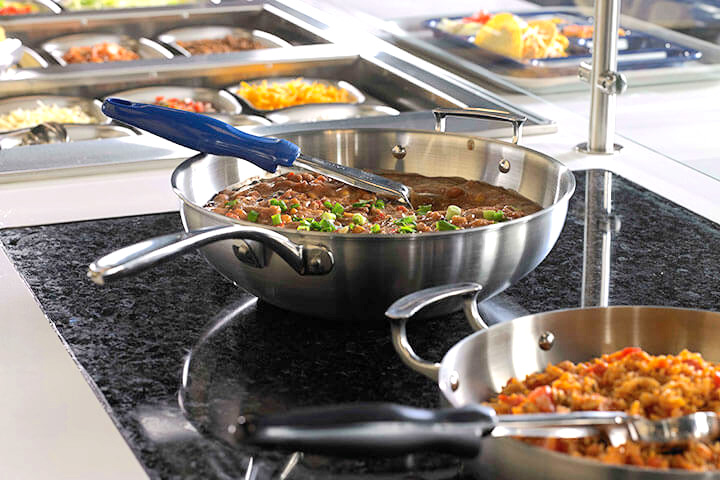
Factors That Affect the Total Cost of Ownership (TCO)
From the purchase price of an item to its end-of-life disposal costs, many variables come into play when analyzing the TCO of your commercial foodservice equipment. Here are several considerations to keep in mind when you want the best value for your money.
Purchase Price
Understanding true TCO always includes the initial purchase price. However, the price tag is just the starting point in the expenses that can be incurred over the lifecycle of your equipment. Selecting equipment based on purchase price alone undermines your future financials.
Replacement Frequency
How long is the expected operating life of the item?
Energy & Water Savings
Operating costs are affected by local gas and electricity prices. Additionally, water is becoming a more expensive resource. Does this item offer any savings in the way it uses energy and water? Is your equipment energy efficient?
Maintenance & Repair
This includes preventative maintenance as well as the cost of replacement parts and labor. The amount of maintenance and repair includes many variables such as the quality of an item’s construction and whether it is used in a high-volume capacity. Maintenance also includes the time it takes your staff to perform daily tasks to keep your equipment running at its best. It’s also important to consider a products warranty. It shouldn’t be a deal breaker, however it’s a good idea to factor it in.
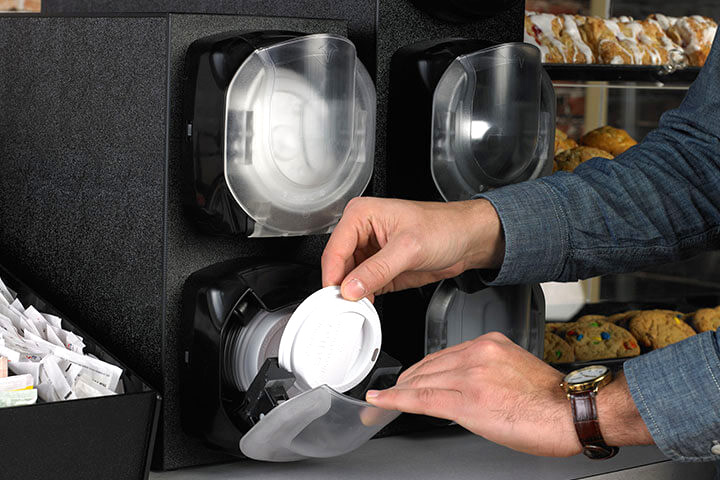
Labor Savings & Productivity
Is this piece of equipment easy for your employees to use? Will it increase productivity in your kitchen, saving time and reducing labor costs?
Food Waste
Equipment can either help you save food or be a potential food waster, thereby driving up expenses.
Risk Mitigation
Is the product listed as NSF? Is it easy to clean? The easier a product is to clean, the more likely your employees will take the time to do so. This lowers the risk of foodborne illness.
Price of Accessories
Some equipment may seem low cost, when they actually require expensive accessories. It’s important to consider whether the equipment requires accessories, how expensive they are, and how often you will have to purchase or replace them.
Setup/Installation Costs
Depending on who you purchase from, the cost of labor to receive, setup, and install the equipment can vary dramatically. And if the product requires training, you will want to ask if it comes at an additional cost or is included.
Disposal Cost
Do you have a plan for the removal and disposal of your largest and heaviest pieces of equipment at the end of its lifecycle? When purchasing new equipment, always ask if the price includes hauling off the old piece.
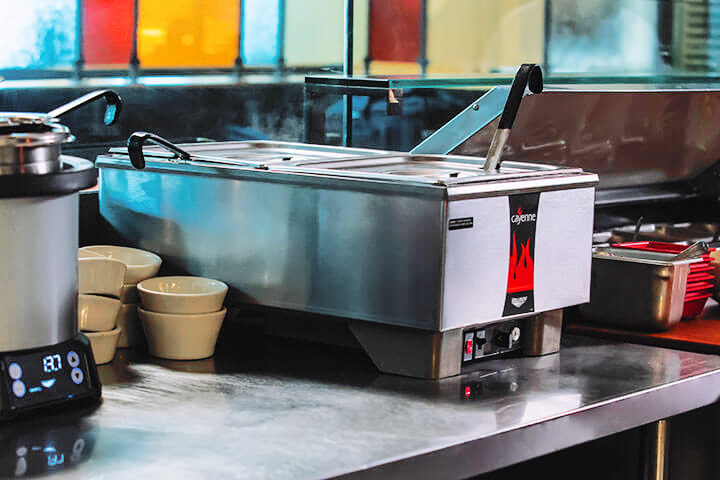
Online Resources
There are many factors to consider when analyzing TCO. Luckily, there is help available. The North American Association of Food Equipment Manufacturers (NAFEM) created a Life Cycle/Total Cost of Ownership tool for just this purpose. These Excel-based calculators help restaurant owners establish the Total Cost of Ownership for their purchases.
Similarly, California Energy Wise offers a calculator for virtually every piece of major equipment in your kitchen. This tool calculates potential energy, water, and monetary savings both annually and over its lifetime.
Case Study: Vollrath TCO
In this section, we will look closer at two common purchases: spoodles and steam pans. These simple examples illustrate how poorly manufactured, economy items create chain-reactive problems and ultimately run a higher price tag than high-quality commercial kitchen equipment.
Spoodles
Half serving spoon, half ladle, a spoodle looks simple enough that even the cheapest version will do. However, when taking a closer look into the design details, it becomes clearer that not all spoodles are created equally.
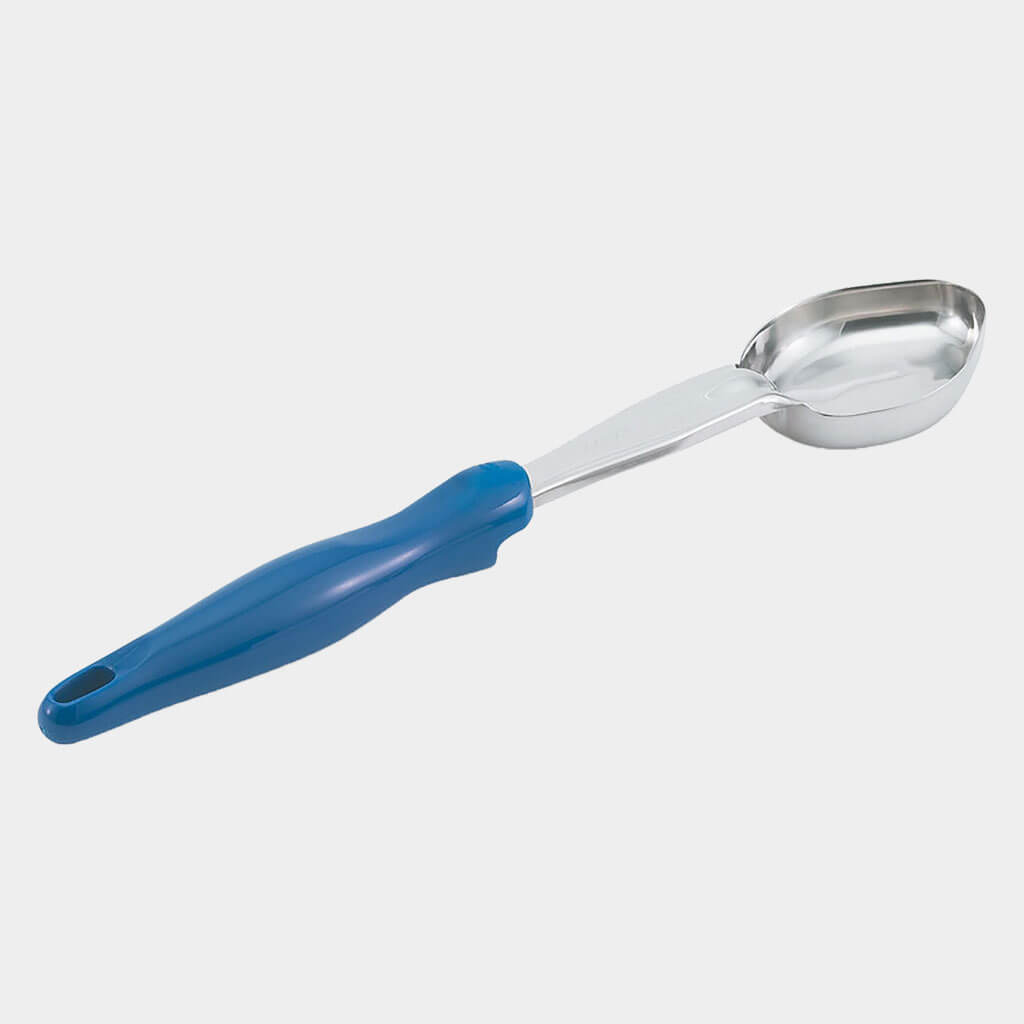
Take this 2-ounce heavy-duty, color-coded, solid spoodle as an example. We can see how Vollrath added value to the simple spoodle by way of their design and manufacturing details. This serves as a wonderful example of how investing in innovation, despite a higher price tag, can mitigate food safety risks before they become a costly problem.
- Lifetime warranty
- Color coding for HACCP
- Durable design for fewer replacements
- Antimicrobial coating
- NSF certified
- Precise portion control
- One-piece construction for superior sanitation
- Textured handle to prevent slippage
Portion control is a topic all its own. Precise portion control is an excellent way to reduce food waste while maximizing your profit margins. Taking a measured approach simultaneously saves your restaurant a significant amount of money while helping the environment.
Steam Table Pans
Economy pans typically run $10-$15 less than a Vollrath pan, which is understandably enticing, especially when maneuvering through pandemics, inflation, and supply chain issues. Conversely, in the long run, buying an economy pan isn’t all it’s cracked up to be.
Economy Steam Table Pans
Steam pans go through a lot of turn-around in a given day; normal wear and tear includes acidic and salty foods taking their toll on metal. Likewise, steam pans aren’t handled gently: they’re dropped, hit with spoons, and tossed around on a regular basis.
Not only does normal wear and tear make your economy pans look off-putting to customers, but low-grade metal also tends to rust which is a health concern. Financially, cheap pans also dent and warp easily, which allows heat to escape and drives up your utility bills and HVAC costs. Heat loss also places an extra burden on the heating elements inside your steam table, consequently shortening its lifespans.
The chain-reactive problems created by economy pans can offset the original price tag dramatically. And if you’ve purchased one economy pan, you’ve likely filled your steam table with them. Unfortunately, this means the issues listed above can compound as more pans become damaged. Consequently, instead of making new investments into your business you will have to spend that time and money purchasing new pans.
Vollrath Steam Table Pans
Vollrath pans, on the other hand, do not warp, dent, or rust which saves money and reduces the risk of foodborne illness. Their lifecycle is very long, which means they virtually pay for themselves.
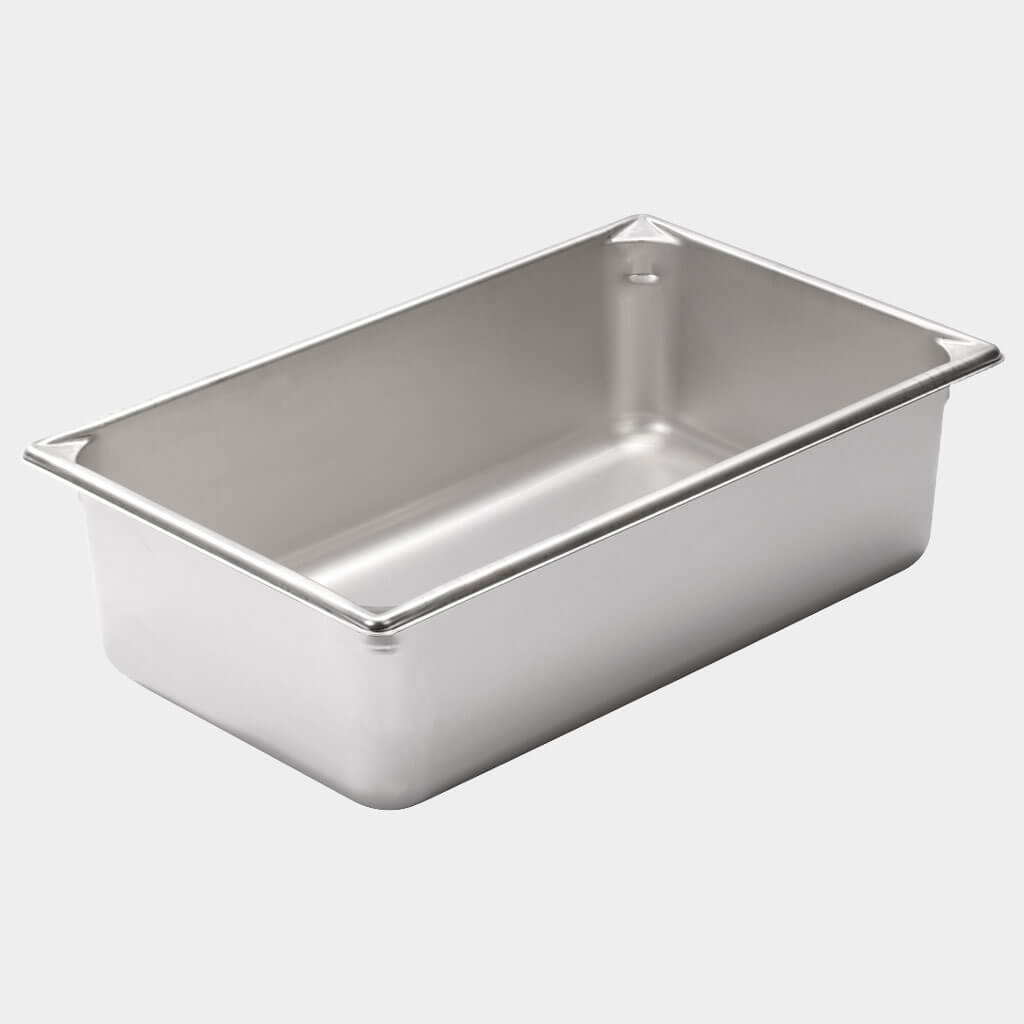
Using this full-size steam pan as an example, it has added safety and durability measures from design to finish including:
- Durable, dent-resistant 22-gauge stainless steel
- Strong, round, diagonally tapered corners
- Flat edges with high rims to prevent loss of steam
- Antijam stacking lugs for easy movement and transport
- Limited lifetime warranty
- NSF certified
These features alone guarantee better quality, durability, ease of use, risk mitigation, and energy efficiency when compared to an economy pan. And just as the problems can stack up when using several economy pans, you’ll find the benefits of using quality pans also stack up, saving you money in the long run.
The Total Cost of Ownership
Understanding the true value of a product will help your restaurant save money and run smoothly. While it’s tempting to purchase economy products, the durability and quality of thoughtfully designed and engineered equipment is a long-term investment worth pursuing.
Shop All Vollrath »
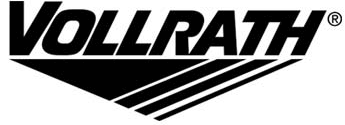 About Vollrath
About Vollrath
Quality. Efficiency. Cost-effectiveness. These goals aren’t unique to just one industry. From schools to hospitals to hotels and beyond, the goal is to provide the highest quality meal possible for staff and customers. And for more than a century, Vollrath has been there to assist foodservice teams in every industry, every step of the way.

